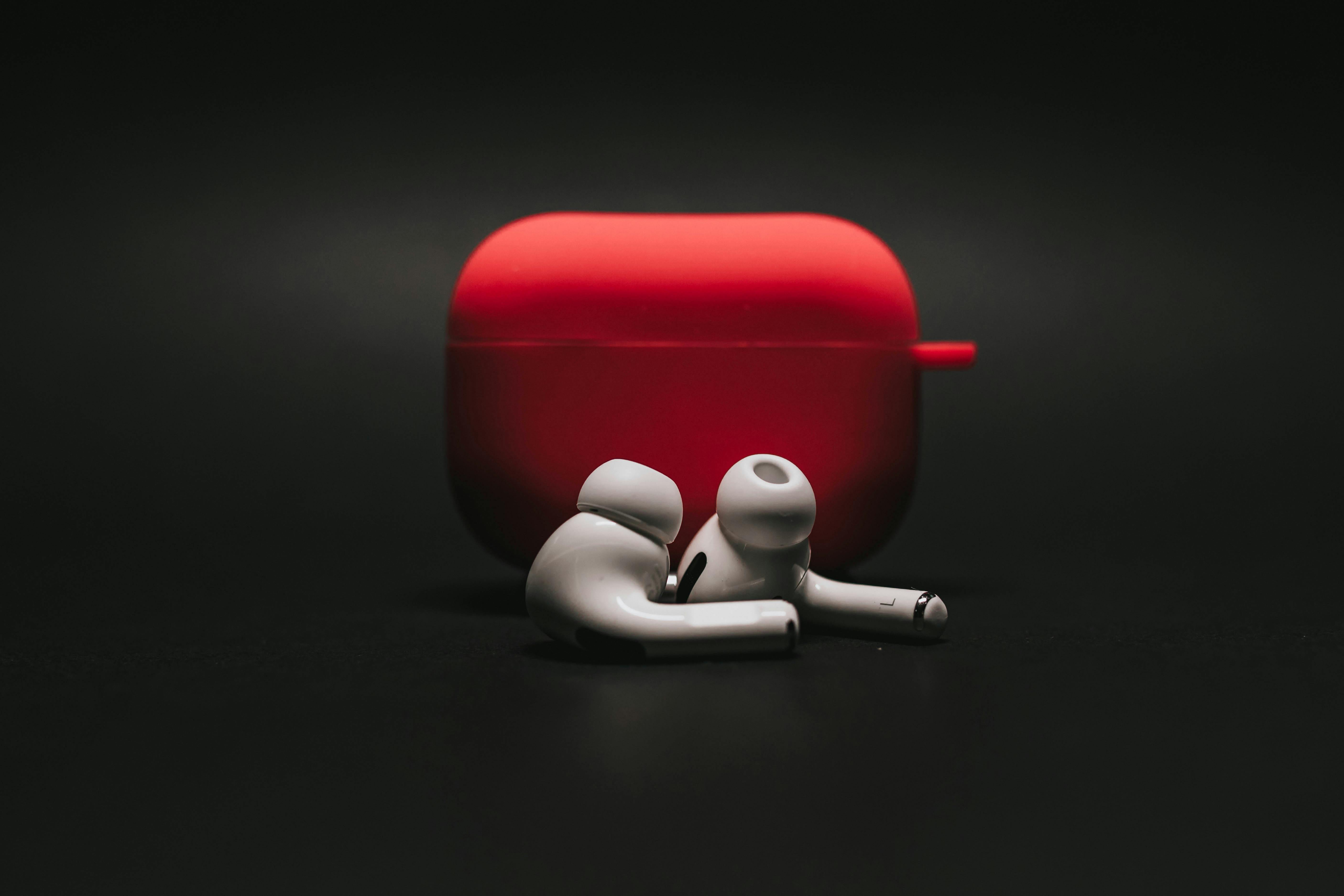Noise Control Explained: ANC vs Isolation for Commuting, Work, and Gym
Understanding how active noise cancellation (ANC) differs from passive noise isolation helps you pick the right earbuds for busy commutes, focused work, and active gym sessions. This guide explains how each approach handles real-world noise, which features matter most, and how to set up, maintain, and clean your earbuds for reliable daily use.

Active noise cancellation (ANC) and passive isolation approach unwanted sound in different ways. ANC uses microphones to capture outside noise and generates an inverse signal to reduce primarily low-frequency sounds such as engine rumble. Passive isolation relies on physical sealing—ear tips and housing materials—to block external noise, often more effective at higher frequencies like chatter or keyboard clicks. For commuting, ANC can soften the drone of buses, trains, and aircraft, while isolation helps with voices and sudden sounds. At work, both can aid concentration; at the gym, good isolation and a secure fit usually matter more than maximum cancellation.
Each technique has trade-offs. ANC draws battery power, can introduce slight pressure sensation for some listeners, and is vulnerable to wind noise over microphones. Isolation depends on fit quality; the wrong tip size reduces comfort and sound quality. Many modern earbuds add transparency or ambient modes that reintroduce outside sound through microphones—useful for safety when walking or cycling and for quick conversations. Understanding these differences will help you match noise control to your routine rather than chasing a single “one-size-fits-all” solution.
How to choose earbuds for daily needs
Start by mapping your most frequent environments. For commuting and air travel, prioritize effective ANC with adjustable levels and a reliable transparency mode for announcements. For office work, a balanced approach works: moderate ANC to damp HVAC hum and isolation via well-sealed tips to tame voices. In the gym, stability and sweat resistance are essential; strong isolation from a firm seal is often more important than the most aggressive ANC, and transparency helps maintain awareness. Consider your audio priorities too—podcasts benefit from clear mids, while music lovers may want EQ and codec flexibility. Comfort, tip variety, and long-term wearability should be key decision factors.
Key features to look for in wireless earbuds
Look for adaptive ANC that changes strength based on surroundings, plus a natural-sounding transparency mode. Seek multiple ear tip sizes and materials (silicone and foam) to optimize isolation and comfort. If calls are important, prioritize multi-mic beamforming and wind-reduction features. Battery life matters—consider both earbuds and case, and whether fast charge is available. Multipoint Bluetooth can keep a laptop and phone connected simultaneously. Codec support (AAC, aptX variants, LC3/LE Audio, LDAC) can influence quality and latency depending on your devices. An app with EQ, fit tests, and configurable controls adds flexibility. For workouts, check IP ratings (IPX4 minimum; higher for heavy sweat) and stabilizing fins or ear hooks.
Tips for pairing and setup with devices
Before pairing, update the earbuds’ firmware via the brand’s app for stability and new features. Use the device’s standard pairing flow or fast-pair systems where available, then enable multipoint if supported. Run fit or seal tests in the app to ensure optimal isolation and bass response. Customize controls so a long press toggles ANC/transparency and a tap changes volume or tracks—this reduces phone handling mid-commute or mid-set. On laptops, set the earbuds as both output and input if you plan to take calls. If you encounter glitches, reset the earbuds and clear old pairings from devices, then re-pair. Keep transparency enabled when moving through traffic-prone areas.
Below are examples of real products that illustrate different approaches to noise control and suitability for commuting, work, and the gym.
| Product/Service Name | Provider | Key Features | Cost Estimation |
|---|---|---|---|
| AirPods Pro (2nd generation) | Apple | Strong ANC, natural transparency, solid call quality | N/A |
| WF-1000XM5 | Sony | Adaptive ANC, customizable EQ, multipoint | N/A |
| QuietComfort Ultra Earbuds | Bose | Emphasis on ANC performance, stable fit, app tuning | N/A |
| Elite 8 Active | Jabra | High durability (IP68 earbuds), secure fit, ANC | N/A |
| AONIC 215 True Wireless Gen 2 | Shure | Excellent passive isolation with foam tips, ear hooks | N/A |
| Momentum True Wireless 4 | Sennheiser | ANC with detailed sound and codec options | N/A |
Maintaining and cleaning wireless earbuds
Good hygiene extends performance. After workouts or commutes, wipe earbuds and tips with a soft, slightly damp cloth; avoid solvents. Use a dry brush to clear debris from meshes and charging contacts. Wash silicone tips with mild soap and water, dry fully before reattaching; replace foam tips periodically as they compress over time. Keep the case clean and dry—lint in the charging bay can cause connection issues. Store away from extreme heat or cold, and avoid fully depleting batteries for long periods. Check for firmware updates periodically, and rerun fit tests if tips are changed. If one earbud sounds quieter, check for earwax blockage before assuming a hardware fault.
A practical approach to noise control balances environment, safety, and comfort. ANC reduces steady, low-frequency noise common on transport and in open offices, while a good seal blocks chatter and high-frequency distractions. For gym use, prioritize stability, sweat resistance, and consistent isolation, using transparency when situational awareness is needed. With thoughtful setup, the right features, and regular care, wireless earbuds can adapt smoothly to commuting, focused work, and active routines.




